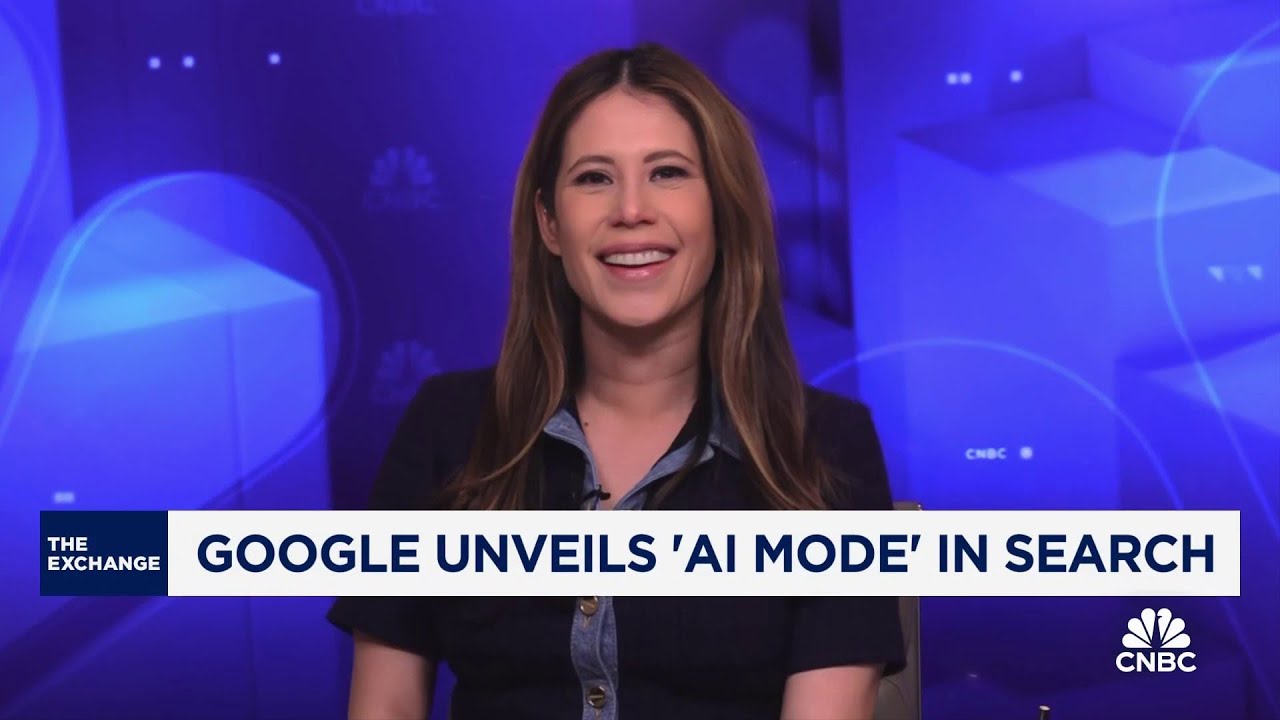Google is enhancing its AI search tools by introducing a new experimental mode that utilizes the Gemini reasoning model to provide users with interactive, multi-step search results, moving away from traditional link-based responses. This shift aims to improve user engagement and satisfaction while potentially increasing advertising revenue, though its success and implementation speed remain uncertain amid competition from other AI-native chatbots.
In a recent update, Google is enhancing its AI search tools to provide users with a more enriched search experience. As the landscape of online searching evolves, many users are becoming accustomed to chatbots that offer contextual answers rather than traditional search results, which typically consist of a list of links. This shift signifies a departure from the conventional “googling” experience, as users seek more interactive and informative responses.
The new AI mode, currently in experimental stages, utilizes Google’s Gemini reasoning model to deliver a multi-step approach to search queries. For example, when searching for a “sleep tracker,” users will see a combination of sponsored posts and AI-generated answers that provide comparisons and insights. This innovative format encourages ongoing dialogue, allowing users to ask follow-up questions without needing to start a new search, thereby enhancing user engagement and satisfaction.
Google’s strategy aims to create a better alignment between user intent and search results, which, in turn, is expected to increase the time users spend on suggested websites. This deeper understanding of user needs not only improves the search experience but also makes it more appealing for advertisers, as they are likely to pay more for placements that yield better results. The integration of AI into search is thus seen as a way to bolster Google’s advertising revenue while simultaneously improving user interaction.
However, the success of this transition remains uncertain. Questions linger about whether advertisers will be willing to pay the same or higher rates for these new AI-driven placements. Additionally, the speed at which Google can implement these changes is still in question, as the AI mode is currently limited to Google One users and is still in the testing phase.
Meanwhile, other AI-native chatbots, such as Perplexity, are also exploring their own advertising models, presenting competition for Google. As the search landscape continues to evolve with AI advancements, the effectiveness of Google’s new approach and its impact on the advertising market will be closely monitored. The outcome of this transition could redefine how users interact with search engines and how companies monetize their services.
